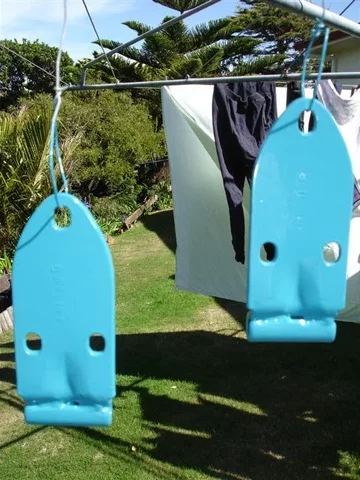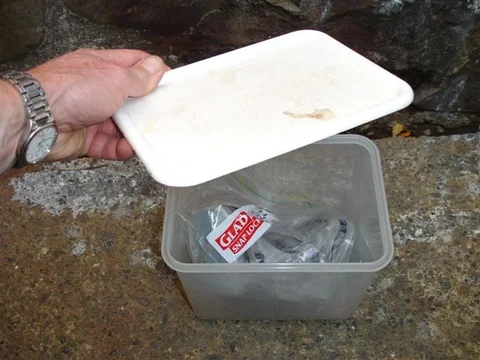I'm feeling in a talkative mood (with beer in hand) so why not....
I don't expect people to take too much notice of my thinking on "painting" because I'm quite radical. After all ... who else brushes on their primer?
But if you're interested.... here's some other things I do..
- Never buy POR15 in larger sizes than 500ml tins. (It tends to "go off" so whatever you gain pricewise by buying in bulk - you lose in wastage.)
- Always pour out what you intend to use into an old jam jar (or similar) and NEVER pour back unused paint into the tin (because it undergoes chemical changes on exposure to the air)
- Always keep the rim of the tin clean of paint and use "cling-wrap" between the lid and tin (otherwise you'll end up destroying the tin trying to get the lid off next time)
- Reseal the tin as soon as possible after pouring out what you think you'll need. (Be generous in your estimate too and simply discard the surplus.)
- Don't use POR15 thinner for cleaning brushes. It's too expensive. Use cheap brushes that you can discard after use, or if you must wash a brush, use ordinary paint thinners (like Dulon AAA) and wash it VERY well (or else the residual POR15 will stiffen it). In fact ...you never need to use POR15 thinner for anything AT ALL!
- Use a primer colour that most closely matches your topcoat - so chips and scratches won't instantly become unsightly.
And that spray gun I've shown earlier in this thread is a bit too small for top-coating large surfaces like the outside of a door.
Here's a pic of the old gun I use for big surfaces alongside a 4 litre tin of Dulon "Toyota Sky Blue":

This gun can lay down a lot of paint FAST.
I like to apply 6 coats of topcoat on most things I paint.
And I obviously I do get good "adhesion" between my topcoat and primer because of the way I see stone-chips affecting my paint.
A flying stone will tend to leave "a small chip revealing a speck of primer underneath". (Contrast this with a typical paint job where the chip is usually much larger and where the primer almost behaves like "ceramic" to encourage chipping!).
And the roadworks in this country are certainly a good test. A lot of our road surfaces are made by spraying tar on the old surface road, sprinkling stones on top of the liquid tar, and then using passing traffic to press the stones into the molten tar. This can work okay but the competence of some of the contractors leaves a lot to be desired. So the result is often millions of flying stones (that will fill your chassis rails is a matter of few minutes where the tar-soaked stones bond together to become almost immovable).
I buy a lot of my tools second-hand so this gun is ancient (but it still works well). I suspect the modern guns with the paint reservoir above the gun (gravity feed) are better. After all, I sometimes knock the base of my reservoir on the paint surface while spraying - which can leave a bit of a mark!!!
Oh and about the topcoat. Dulon is a PPG brand that is used in this part of the world. It's good stuff and I get it from "Union Hardware" which a employs a couple of great geriatrics who I get alonmg really well with (because I'm one of those too).
Topcoat Paint is very simple when you have a good supplier like i have in "Union Hardware". Basically - just give them something to colour-match -and the fuel-door on a forty-series is ideal because the inside surface won't have had much sun-exposure.
Then they'll mix up your paint untill they get a DRIED colour that matches it. (You can really just ignore "paint codes" and "paint formulae" when you dealing with competent people like this!
And to do a decent paint job you'll need a lot more paint that a normal "panel and paint" shop uses. (They'd probably use about 3 litre of sky blue for my entire cruiser - whereas so far I've used about 8 litre with the inside of the tub and hard-top still to be painted.)


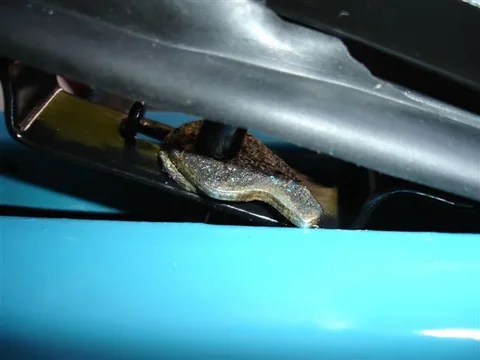








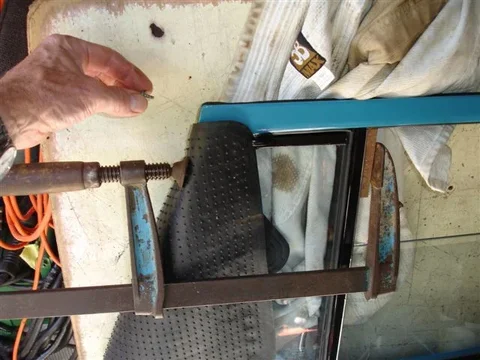


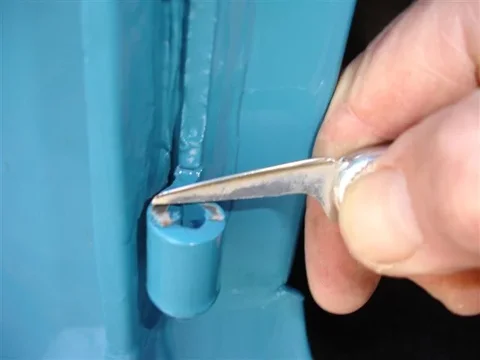








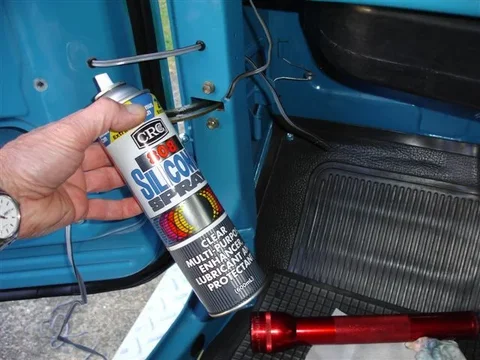



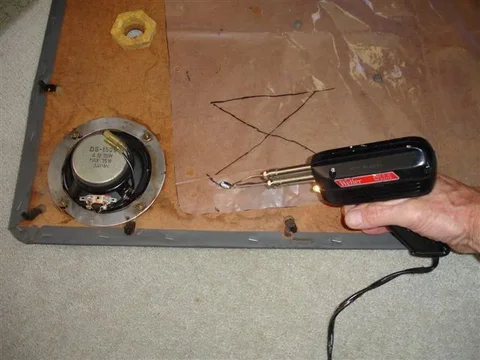
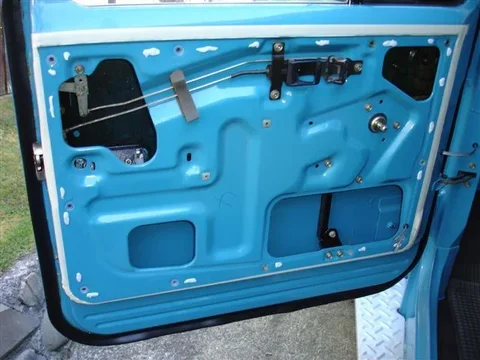

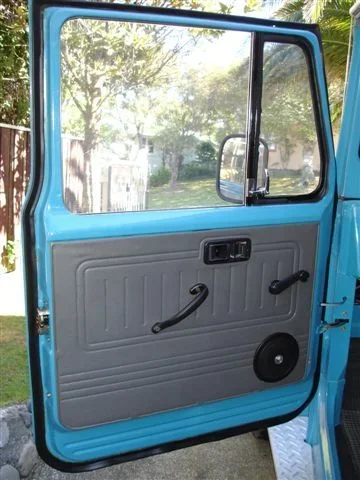










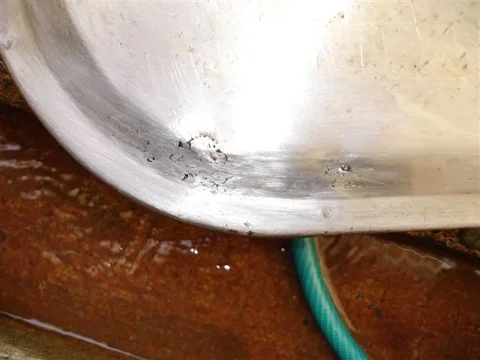




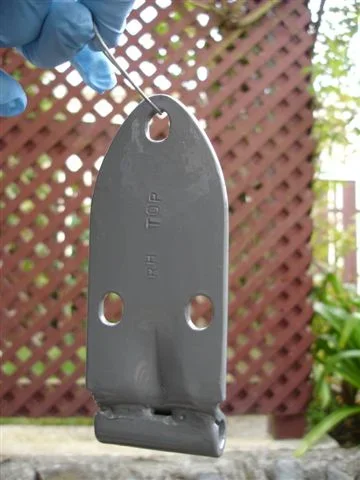
 over the clothes she hung on my paint rack too:
over the clothes she hung on my paint rack too: